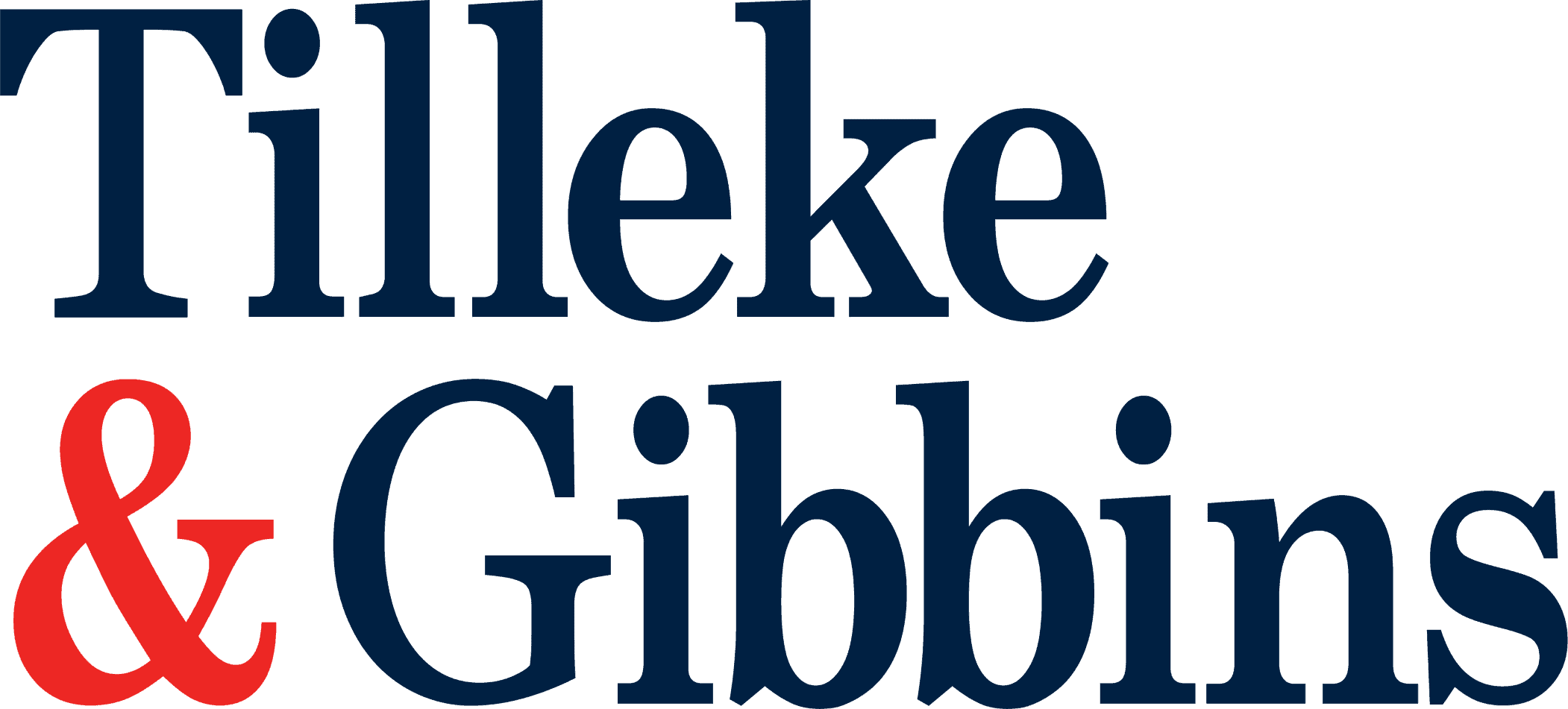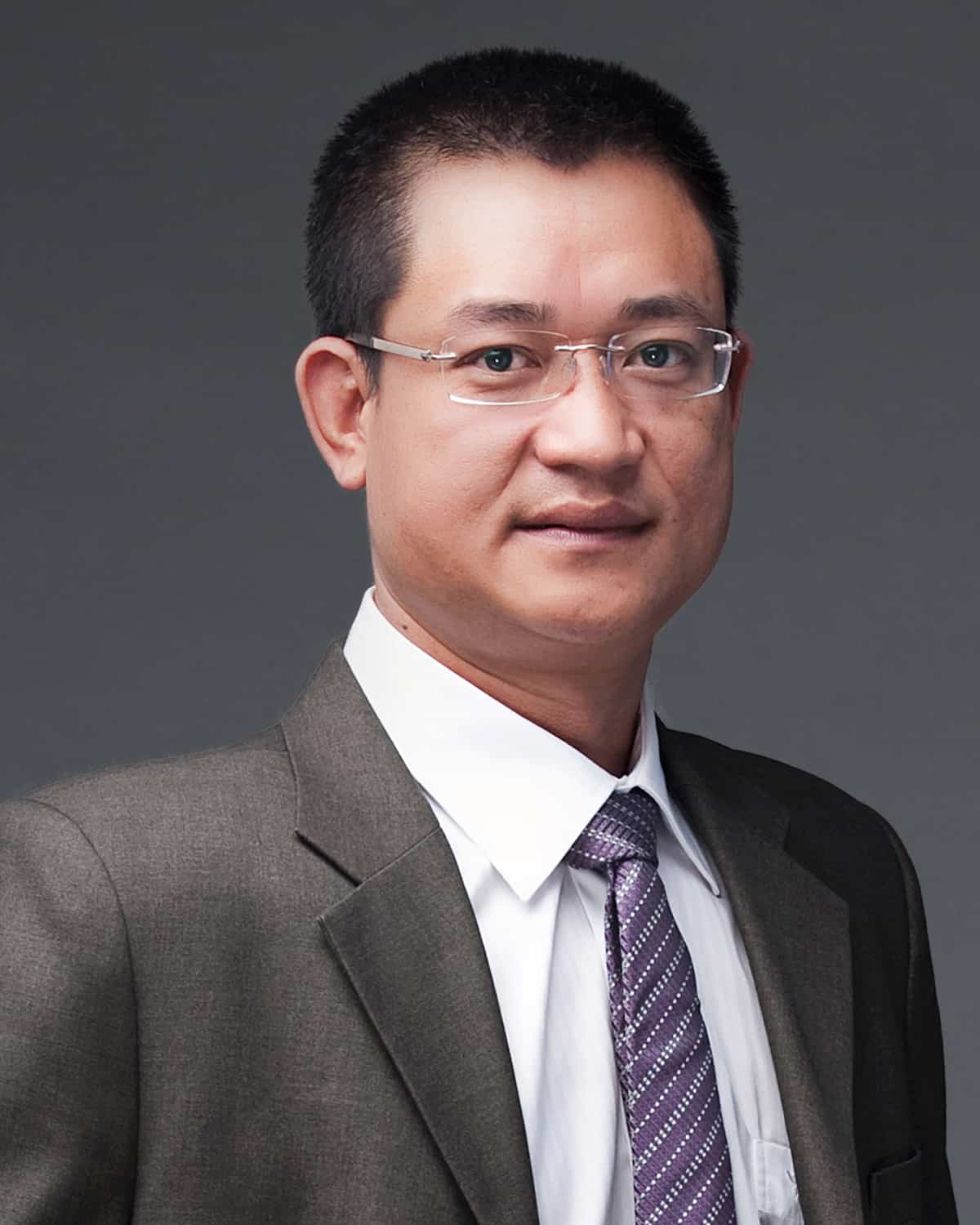
Like many developing countries, Vietnam has tended to exclude first and second (or subsequent) medical use inventions from patent protection in order to reduce drug prices. The patent office has interpreted current Vietnamese regulations as not including use inventions, including medical use inventions, and thus has objected to patent applications for such inventions. However, an examination of the regulations reveals some different results.
Like the European Patent Office (EPO), Vietnamese patent examiners consider that the discovery for the first time of a medical use of a known substance would be considered to be a first medical use invention. After that, the discovery of another medical use of that substance would be considered to be a second (or subsequent) medical use invention. The patent office alleges that novelty relates to structural features (e.g., the structure of the compound) but not functional features (new uses of the compound). Accordingly, said new use, which is considered to be a functional feature, would not render the substance as novel or the use invention as new.
However, the Law on Intellectual Property makes no distinction between structural features and functional features. Article 60 of the IP Law simply specifies: “An invention is considered to be novel if it has not yet been publicly disclosed.” There is no mention of function or structure in the definition.
In addition, Circular No. 01/2007/TT-BKHCN clearly acknowledges functional features, with Point 25.5.d(i) specifying: “The essential features of a technical solution may be features of function, effect, structure, relationship, component …” Point 25.5.e(ii) further states that “the technical solution has at least one essential feature which is not present in the prior art.” Accordingly, the presence of even one new functional feature could constitute an invention, which would normally be a use invention.
When communicating with applicants, the Vietnamese patent office sometimes refers to paragraphs (4) and (5) of Article 54 (“Novelty”) of the European Patent Convention (14th edition), under which the new medical use of a known substance is considered to be patentable. The implication is that, in normal practice, novelty requires structural features, unless there are explicit exceptions such as Article 54 (4)-(5) which include functional features in view of assessing novelty. Notably, no such exceptions are found in Vietnamese law. However, Article 54 (4)-(5) should be emphasized as important for the pharmaceutical field. Without such articles, the EPO would be granting “selection” inventions. A selection invention would be based on the discovery of a new effect of a sub-class of known compounds, for instance. Accordingly, the structural features of the compounds should not be considered new in view of the interpretation of novelty by the Vietnamese patent office as outlined above.
Additionally, it should be clear that it is not correct to say that any novel functional feature would render an invention patentable. Such functional feature must also satisfy the inventive step requirement.
In regard to the enforcement of rights, method-of-treatment claims have heretofore been accepted in Vietnam. An applicant seeking protection for a use invention in Vietnam may not use a method of treatment claim as in the United States of America. Such claims should be in the form of substance claims. To enforce the rights of a use invention when there is an overlap with previous rights, Article 137 of the IP Law addresses dependent inventions, and may provide a basis for enforcement. A dependent invention is defined as an invention created based on another invention, and only functioning when used with the previous invention. It should be understood that this is a mechanism to deal with said overlap of rights and, therefore, Vietnamese regulations as a whole may, in fact, provide patent protection for use inventions.
While the legislation could be considered to be unclear in this regard, as a member of the WTO, reference should be made to the Toronto Resolution by the AIPPI dated September 17, 2014. Its Item 1 indicates that “As a matter of principle clearly reflected in the TRIPS Agreement, patents should be granted without discrimination for any inventions in all fields of technology, including inventions relating to second medical uses.” It is hoped that this principle is soon recognized in Vietnam.
